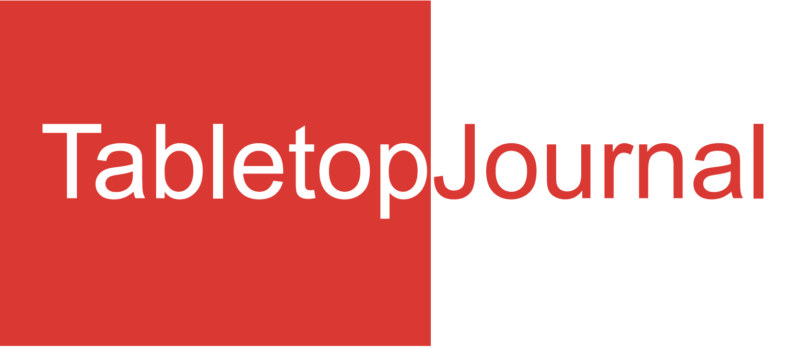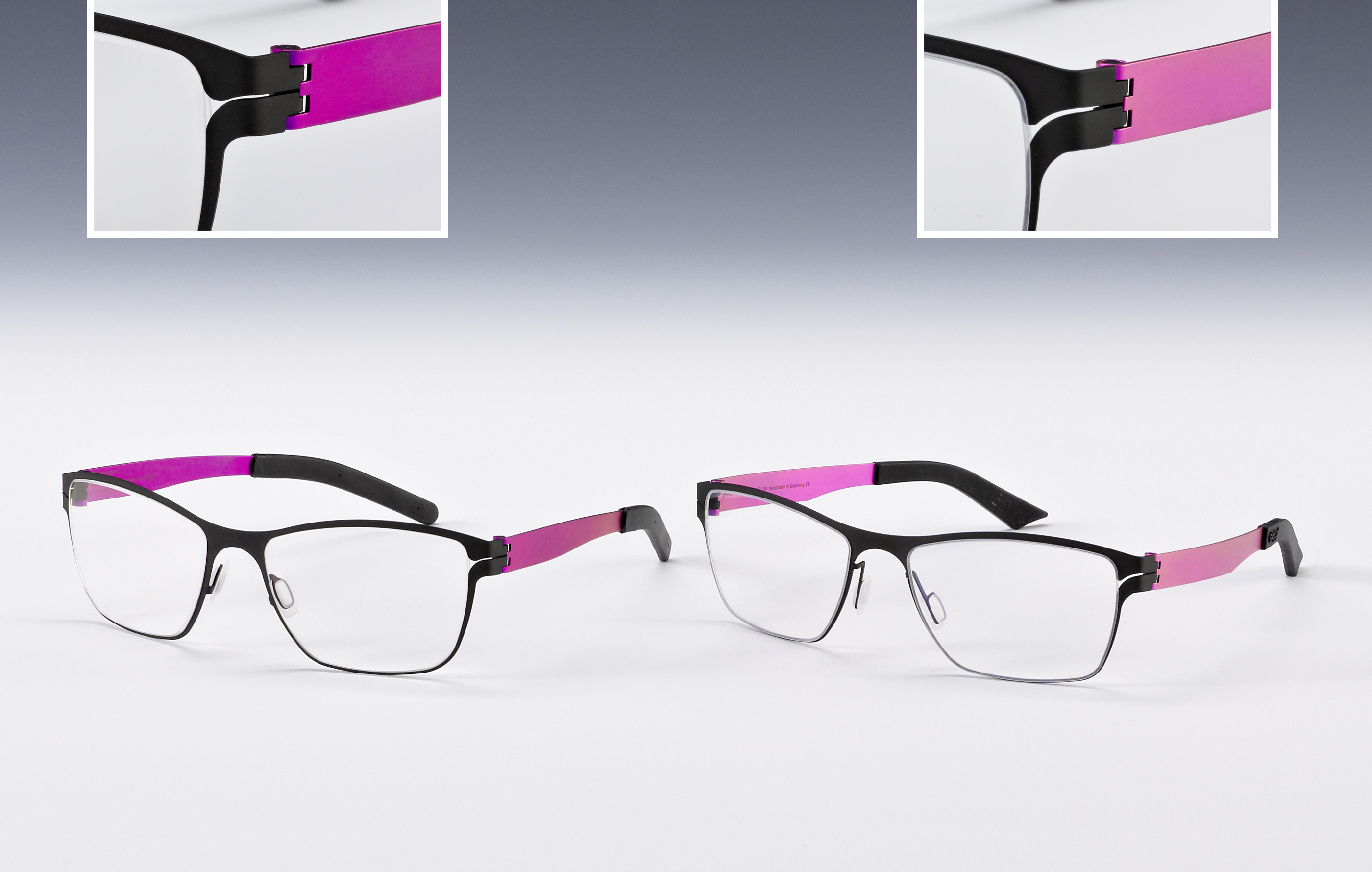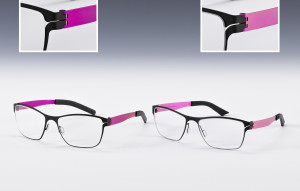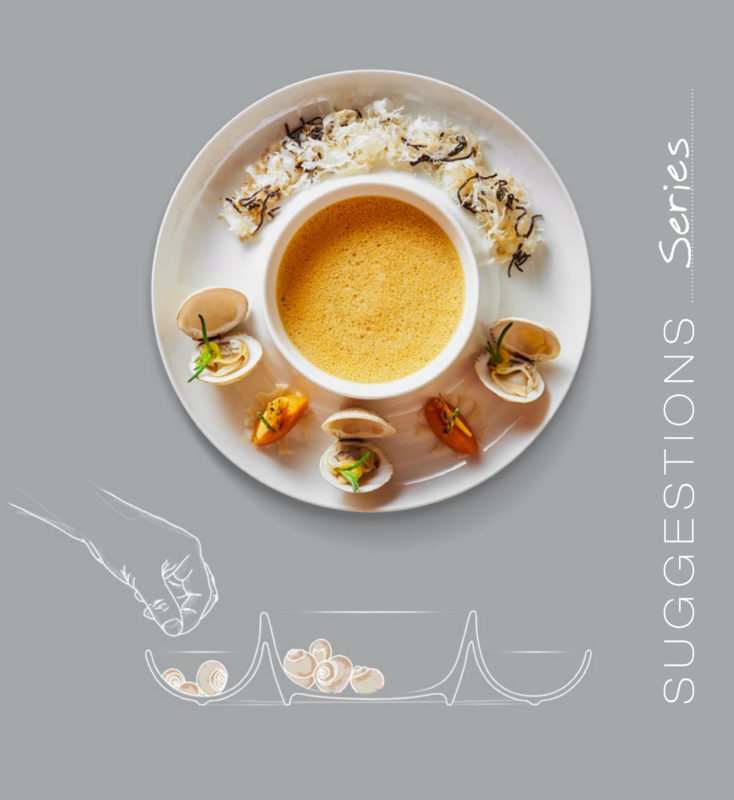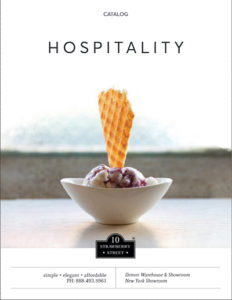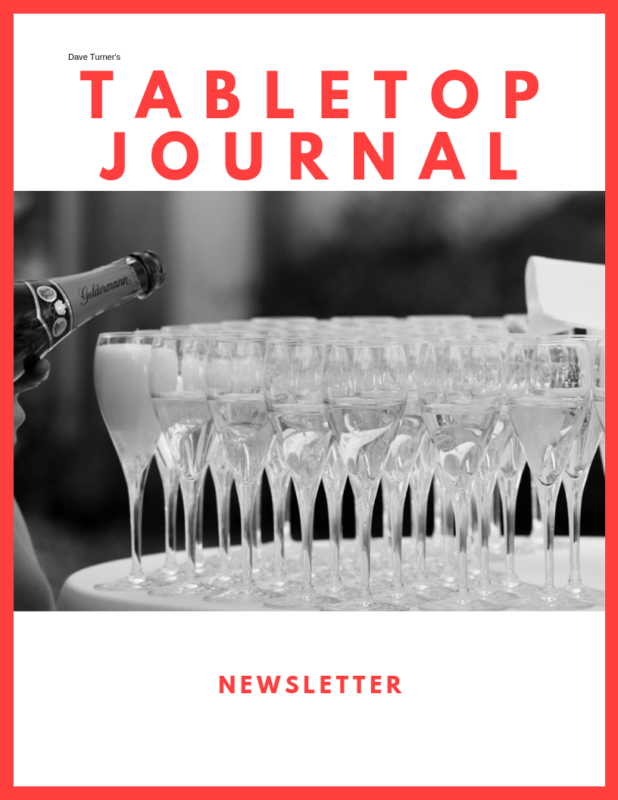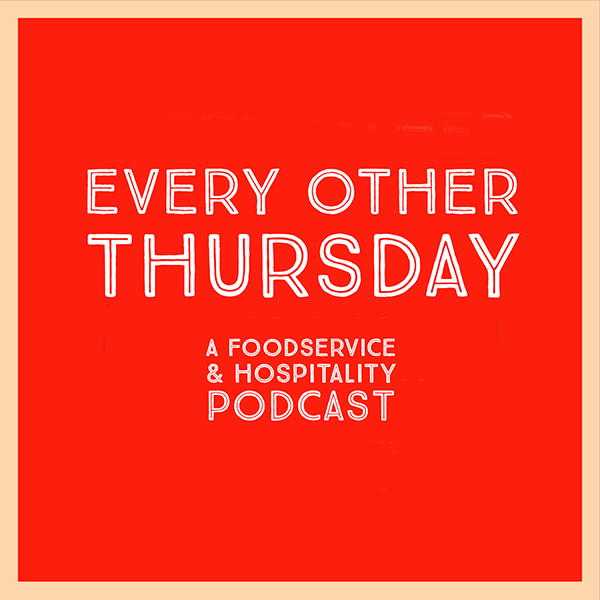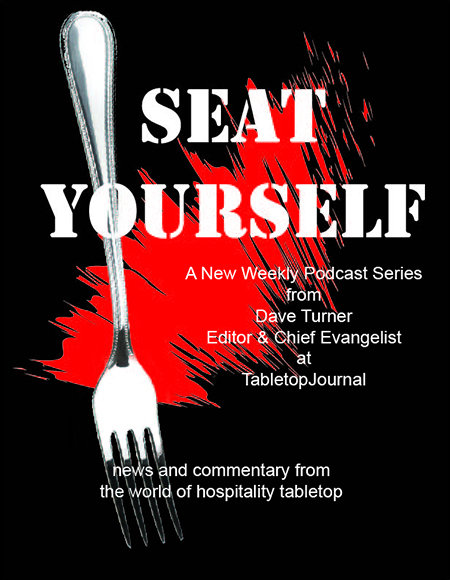Award winning knockoff from this year’s Plagiarus Awards. The original on the left, the copy on the right.
In the world of hospitality tabletop, “knock-offs” “artful renditions” or outright copies of products continue and it is really a shame….and, often in violation of the law in nearly all parts of the world. How strictly these laws are enforced is another subject, but we believe you will see more and more enforcement as companies work to protect their creative processes.
Great design is truly a differentiator and if companies simply take someone else’s design and make it their own, they should know that they do it at their own risk. Further, buyers should recognize the value in truly original design and understand that only by understanding and support original design products can they insure that great design will continue.
The Ambiente Fair, the world’s largest consumer goods trade fair just concluded in Frankfurt, has taken a lead in protecting the design of household products and we support those efforts. They, in fact, have awards where they announce their “Plagiarus” negative awards and on February 12th they bestowed this year’s award. We, at TabletopJournal, support these efforts to recognize the value in original design.
Since 1977, Aktion Plagiarius e.V. grants this anti-prize to those manufacturers and distributors whom the jury has found guilty of making or selling “the most flagrant” imitations and fakes. The goal is to denounce the counterfeiters’ unscrupulous business practices who pilfer intellectual property and pass it off as their own creative achievement; and to raise public awareness of this complex problem that exists among industry, politicians and consumers. The black gnome with a golden nose trophy is a symbol of the exorbitant earnings product pirates collect at the cost of innovative companies. This gnome was created to express the German aphorism “to earn oneself a golden nose” which means, “to earn a fortune”.
The “Plagiarius” award remains silent about on whether a plagiarism is legal or otherwise. Aktion Plagiarius does not nor wants to pass judgement. However, the registered society can call attention to the problems that affected businesses must face and express the opinion, “that clumsy 1:1 imitations are unimaginative and morally objectionable”. In this context, Aktion Plagiarius emphasises “that legal competing products which follow a trend, but differ sufficiently in design and technology from the original product in fact stimulate fair competition, and therefore are explicitly required”.
Prior to evaluating submissions and selecting the “anti-prize winners”, Aktion Plagiarius notifies the imitator that he has been nominated and provides him with an opportunity to share his point of view. The Plagiarius Jury takes this response, in addition to general case-related information, into consideration during their evaluation. Aktion Plagiarius is pleased to see that, once again,
“Plagiarius” has made a significant contribution to the public’s awareness of this issue. Due to fear of public disgrace and bad publicity, some of the nominated imitators have withdrawn their remaining stock from the market, have signed cease and desist letters or revealed their suppliers.
The facets of product- and brand piracy are diverse: They include brand name counterfeits, design plagiarism, technology theft and pirate copies. All of these types are available at all diverse price- and quality levels, from cheap and dangerous knock-offs to high-quality imitations, that are hardly cheaper than the original product. Consumers often dismiss imitations as a trivial offence. However, for the original designers, entrepreneurs and distributors imitations can result in huge financial damages that sometimes even destroy these peoples’ livelihoods. Aktion Plagiarius wants to influence consumers to show more appreciation and respect for the product creator’s accomplishment in creating the original product. The process from ideation to a market-ready product is time-consuming and costly. Moreover, the product developer or brand name producer typically must make advance payments. Good ideas are the most important capital of a company and should not to be taken for granted. Consumers should realise that behind every innovative product, there are people who contribute their experience and creativity, their technical know-how and soul into the development process. In order to secure progress and jobs in the future, this entrepreneurial risk has to pay off. However, this process falls apart when unscrupulous free riders who lack original ideas of their own, blatantly copy successful products, pass them off as their own achievement and offer them at an alleged bargain price. They undeservedly get their hands on market shares and earnings that truly belong to the original producer.
Counterfeits on the Internet – challenge for brand owners and law enforcement Undoubtedly, the Internet offers multi-faceted opportunities for growth and customer loyalty. However, dubious vendors also quickly realised the benefits of online trade and use it extensively for their unscrupulous purposes. Plagiarised products and fakes are rather pervasive. Although Europol, Interpol and other international authorities close down tens of thousands of websites for trade of counterfeits annually, the supply of illegal fakes and design imitations is unabatedly high. Often, the vendors veil themselves in the anonymity of the World Wide Web, and then reappear with new brand- and domain names to continue their business. Many counterfeiters make use of global networks and are well versed in the use of digital media. Apart from fake stand-alone websites, they are now increasingly focusing on eCommerce platforms and social media networks. According to Europol, brand and product pirates operate very professionally and use their existing infrastructure (e.g. from traffic in arms, drugs and human beings) to distribute their counterfeit products.
Bargain hunters – cheap price of counterfeits motivates consumers to buy
The consulting firm, Ernst and Young, published a study in December 2015 that interviewed German entrepreneurs and consumers about brand- and product piracy. They found that almost 60% of businesses are faced with imitations within the first year of market introduction; in fact, almost every tenth company saw imitations within the first month. Among consumers, fakes and plagiarisms seem to be socially accepted. Almost every 2nd customer has already bought or would buy a counterfeit product. 55% of consumers knowingly purchased the counterfeits, 18% at least suspected the goods to be fake. Most of all, the cheap price compared to the original motivated them to grab the knock-off.
Good value for money instead of cheap – the price-performance-ratio is crucial
However, original and plagiarised products are only misleadingly similar at first glance. “Consumers should not delude themselves into thinking that the intention of the counterfeiters is to offer them high quality fakes at a ‘fair’ bargain price”, says Aktion Plagiarius. The majority of counterfeiters focus on fast profit maximisation, that is, they use inferior materials, deliberately omit quality-and safety controls and produce under degrading working conditions. Thus, they recklessly put factory workers’ and consumers’ health at risk. As markets regulate themselves by supply and demand, each consumer bears considerable responsibility: Users who deliberately purchase counterfeit products, not only specifically undermine the brand name producers, they also support child labour and criminal business practices.
The often-used argument of consumers that “one cannot afford the expensive brand- or luxury product” never justifies the purchase of an illegal counterfeit product. Today’s global markets provide a large selection and diversity of legally competing products for consumers. For any taste and budget, there are attractive and safe products with a solid value-for-money-ratio available.
Online fraud: Cheap counterfeits instead of brand name products – and the money is gone Dubious online vendors of fakes and plagiarised products easily deceive and insidiously entice customers with photos of the original products but with allegedly cheap prices. Those who do not want to fall victim to these tricks should thoroughly verify online vendors and their offers, and use their common sense. For example, does the website contain spelling or grammar mistakes? Is there a site notice and in which country is the vendor located? Is the low price really realistic? What are the payment terms? Is there a granted right of withdrawal? Is the transmission of sensitive data encrypted? We know from the experience of cheated buyers that dubious vendors usually do not accept returns or provide refunds. That is all the more annoying as not only the buyer has been deceived with a substandard product, but also their money is gone. In order to protect consumers from fraudulent sellers, many brand owners provide lists of authorised retailers on their websites.
Customs support enterprises and consumers in the fight against product- and brand piracy Product- and brand piracy has developed into one of the most serious forms of white collar crime. In 2014 alone, European customs officials seized almost 36 million IP infringing goods, with an estimated value of 617 million EURO at the EU borders. One significant trend in recent years has become evident: A majority of the confiscations affected postal and courier packages, which can be ascribed to private online purchases. What was found among the seized goods was not only clothing, sports articles and toys, but also imitations that carry a high potential for danger: From pharmaceuticals with either wrong or no active ingredients to contaminated perfumes, cosmetics, foods and cigarettes, from electric household appliances, to chainsaws and brake linings. Hence, Customs is not only an important strategic partner for impacted companies; the seizures of (harmful) counterfeits are also an important defence in consumer protection.
About 80% of products seized in 2014 had their origin in China and Hong Kong. Others among the countries of origin include the United Arab Emirates, Turkey and India. However, EU customs statistics can only shed light on part of this global problem. It is a fact that many Asian companies develop from the extended workbench of Western enterprises to serious competing firms that successfully operate on global markets, register IP rights, and also consistently prosecute infringers. Furthermore, companies from industrial nations are often those responsible for ordering or importing these imitations. The European Union is deemed one of the main markets for fakes and plagiarised products. Also, in recent years, there were more and more European companies among the nominees of the negative “Plagiarius” award– often the genuine producer and the imitator come from the same country. And increasingly, the imitators turn out to be former production or retailing partners. To best secure their company data and trade secrets against theft, entrepreneurs should focus on a holistic strategy that involves legal, organisational and technical measures and covers all relevant production and sales markets. In principal in Germany and in many other countries, existing products can be considered as disposable common knowledge, that is, they may be copied. Therefore, the registration of intellectual property rights – trademark, design, patent, utility model – is of the utmost importance. Without registered intellectual property rights, imitations are brazen and unimaginative; but from a legal standpoint they are likely to be considered legitimate, unless the law against unfair competition can be applied.
Museum Plagiarius – Original vs. Plagiarism
The Museum Plagiarius in Solingen (Germany) displays more than 350 product units, that is originals of all sectors and their brazen plagiarisms in direct comparison. In guided tours, seminars and consumer events, both industry and consumers experience a ‘first-hand view’ of the problem and receive information about the sweeping extent of the damages and dangers incurred by fakes. The collection is complemented by counterfeits seized by customs.
To learn more of the “Plagiarus” effort, go here:
Plagiarius: Counterfeiters profit at the cost of innovative companies
